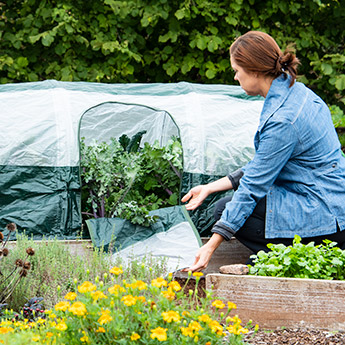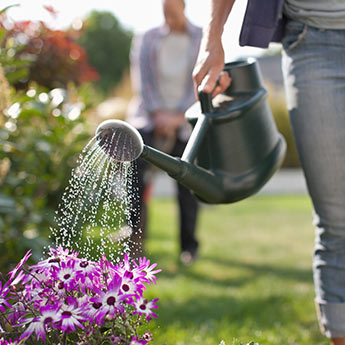How to Grow Great Garlic!
-
Helpful Products from Gardens Alive!
-
German Red Garlic (Hardneck) - Bulb
-
Great Lakes Hardneck Garlic - Bulb
-
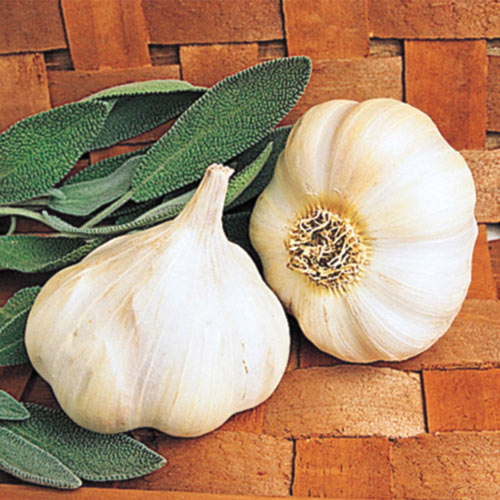 Transylvanian Softneck Garlic - Bulb
Transylvanian Softneck Garlic - Bulb -
California White Softneck Garlic - Bulb
Q. Denise writes: "I've grown a lot of things in my life but never garlic. 'Hard neck', 'soft neck', 'plant in spring', 'plant in fall'; it's all a bit confusing. I saw you showing off your huge harvest on the You Bet Your Garden Facebook page recently and was wondering if you could give this Connecticut girl some tips."
A. Thanks Denise--you raise important questions, and at exactly the right time of year.
There are two basic types of garlic: hard neck and soft neck. Hard neck garlics are by far the most flavorful and produce the largest individual cloves. Best grown in regions with true winters, these are the garlics that have the most colorful wrappers, names and back stories. But as with DC superheroes, hard necks have a single weakness. It's not Kryptonite, the color yellow, fire or having a kid partner whose nickname is "Robin the Boy Hostage". Just like us, the enemy is time.
Harvested in late June through mid-July, hard neck garlic will start to sprout sometime in September. That's fine for planting stock, but not for flavor.
Soft neck garlic, also known as 'white garlic' and 'California garlic' has no such weakness, remaining edible for a year after harvest. It's best grown in warmer climes and it braids nicely. But the cloves can be agonizingly small and the flavor is nowhere near that of hard neck garlic.
Planting Time: I know that catalogs say that garlic can be planted Spring or Fall, but that's like saying it's alright for adults to put ketchup on a hot dog. Garlic should be planted in {quote} "the fall", which means mid-August in the far North, around September 1st in the mid-Atlantic, and as late as Halloween in the deep South. The basic idea is for the plants to have enough time to grow a good root system before cool weather breezes in. (BTW: I have planted garlic cloves in the Spring just to see if it is wrong, and it is.)
You can obtain planting garlic from a reputable online source, like Burpee, Gardens Alive or The Seed Savers Exchange; or a local Farmer's Market that is 'producer only', meaning the people selling are the people who did the growing. Carefully break the bulbs up into their individual cloves and plant each clove about six inches deep (in the North) to three inches deep in the South, about six inches to a foot apart, in your richest, deepest, loosest soil.
We move on. Last November, Dave in Rocky Point, New York wrote: "After becoming a big fan of your show, I decided to build a new raised bed and try my hand at growing garlic. I planted the cloves in early October, and they've gone gangbusters - six to eight inches of healthy green shoots. Now what? Do I cut those greens? Let them go until they presumably wilt with colder weather? Bend them over onto the ground? I plan to put a mulch of shredded leaves over them, but not sure what to do with the greenery."
A. Garlic planted in the fall may or may not sprout that year. Doesn't matter. And if it does sprout, don't worry about the greens; they are extremely winter hardy and will continue to grow when the weather warms up again. A mulch of well-shredded leaves is an excellent idea. Your next duty is to watch for small bulges to form at the top of each plant's central stalk in late Spring. Carefully clip off these 'scapes' and sauté them up in a little olive oil for a surprisingly mild garlicky delight. Otherwise, do not molest the greens.
Back in April, Charlie in Nashville wrote: "I have been growing garlic for 30 years. But I have never been sure about one thing: how many leaves must die back on a garlic plant before it's safe to harvest? Three or four layers?"
A. Now we enter the art of garlic growing. Harvest too soon and you get leeks. Wait too long and you get something that looks like George Washington's dentures. Growers in very few locales can harvest before the end of June. Fewer still can afford to delay until mid-July. So, when the bottom one-third of each plant has gone from green to brown, pull up a sample bulb; choose one that has a nice thick stalk. If it has a good size bulb with a full but unsplit wrapper, pull up a few more. If a test bulb looks like a big scallion, use it to flavor a dish and wait a week to try again.
As the days go by, become bolder about harvesting, always choosing the thickest stalks and allowing the thinner ones a little more time. Bring your harvested bulbs indoors to a cool area with great air circulation and allow them to 'cure' for about a week apiece.
Finish harvesting before any wrappers break open. Hard necks: Then 'work' the bulbs. The biggest, most perfect cloves get saved for replanting. Smaller and/or damaged cloves get used right away. Or chop the small ones up, dry them in a food dehydrator, grind them up in a coffee grinder that has never actually ground coffee (trust me on this) and save the result in spice jars to which you have added one or two of those desiccating pouches that come inside jars of vitamins and such for use until the next harvest is ready.
Best garlic powder EVER!
A. Thanks Denise--you raise important questions, and at exactly the right time of year.
There are two basic types of garlic: hard neck and soft neck. Hard neck garlics are by far the most flavorful and produce the largest individual cloves. Best grown in regions with true winters, these are the garlics that have the most colorful wrappers, names and back stories. But as with DC superheroes, hard necks have a single weakness. It's not Kryptonite, the color yellow, fire or having a kid partner whose nickname is "Robin the Boy Hostage". Just like us, the enemy is time.
Harvested in late June through mid-July, hard neck garlic will start to sprout sometime in September. That's fine for planting stock, but not for flavor.
Soft neck garlic, also known as 'white garlic' and 'California garlic' has no such weakness, remaining edible for a year after harvest. It's best grown in warmer climes and it braids nicely. But the cloves can be agonizingly small and the flavor is nowhere near that of hard neck garlic.
Planting Time: I know that catalogs say that garlic can be planted Spring or Fall, but that's like saying it's alright for adults to put ketchup on a hot dog. Garlic should be planted in {quote} "the fall", which means mid-August in the far North, around September 1st in the mid-Atlantic, and as late as Halloween in the deep South. The basic idea is for the plants to have enough time to grow a good root system before cool weather breezes in. (BTW: I have planted garlic cloves in the Spring just to see if it is wrong, and it is.)
You can obtain planting garlic from a reputable online source, like Burpee, Gardens Alive or The Seed Savers Exchange; or a local Farmer's Market that is 'producer only', meaning the people selling are the people who did the growing. Carefully break the bulbs up into their individual cloves and plant each clove about six inches deep (in the North) to three inches deep in the South, about six inches to a foot apart, in your richest, deepest, loosest soil.
We move on. Last November, Dave in Rocky Point, New York wrote: "After becoming a big fan of your show, I decided to build a new raised bed and try my hand at growing garlic. I planted the cloves in early October, and they've gone gangbusters - six to eight inches of healthy green shoots. Now what? Do I cut those greens? Let them go until they presumably wilt with colder weather? Bend them over onto the ground? I plan to put a mulch of shredded leaves over them, but not sure what to do with the greenery."
A. Garlic planted in the fall may or may not sprout that year. Doesn't matter. And if it does sprout, don't worry about the greens; they are extremely winter hardy and will continue to grow when the weather warms up again. A mulch of well-shredded leaves is an excellent idea. Your next duty is to watch for small bulges to form at the top of each plant's central stalk in late Spring. Carefully clip off these 'scapes' and sauté them up in a little olive oil for a surprisingly mild garlicky delight. Otherwise, do not molest the greens.
Back in April, Charlie in Nashville wrote: "I have been growing garlic for 30 years. But I have never been sure about one thing: how many leaves must die back on a garlic plant before it's safe to harvest? Three or four layers?"
A. Now we enter the art of garlic growing. Harvest too soon and you get leeks. Wait too long and you get something that looks like George Washington's dentures. Growers in very few locales can harvest before the end of June. Fewer still can afford to delay until mid-July. So, when the bottom one-third of each plant has gone from green to brown, pull up a sample bulb; choose one that has a nice thick stalk. If it has a good size bulb with a full but unsplit wrapper, pull up a few more. If a test bulb looks like a big scallion, use it to flavor a dish and wait a week to try again.
As the days go by, become bolder about harvesting, always choosing the thickest stalks and allowing the thinner ones a little more time. Bring your harvested bulbs indoors to a cool area with great air circulation and allow them to 'cure' for about a week apiece.
Finish harvesting before any wrappers break open. Hard necks: Then 'work' the bulbs. The biggest, most perfect cloves get saved for replanting. Smaller and/or damaged cloves get used right away. Or chop the small ones up, dry them in a food dehydrator, grind them up in a coffee grinder that has never actually ground coffee (trust me on this) and save the result in spice jars to which you have added one or two of those desiccating pouches that come inside jars of vitamins and such for use until the next harvest is ready.
Best garlic powder EVER!
-
Helpful Products from Gardens Alive!
-
German Red Garlic (Hardneck) - Bulb
-
Great Lakes Hardneck Garlic - Bulb
-
 Transylvanian Softneck Garlic - Bulb
Transylvanian Softneck Garlic - Bulb -
California White Softneck Garlic - Bulb



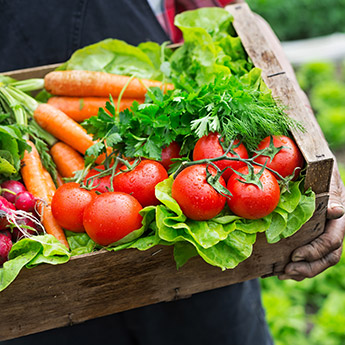
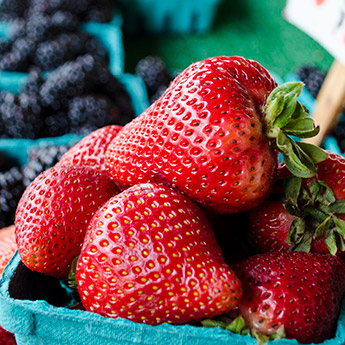
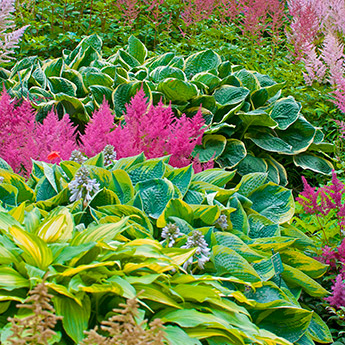
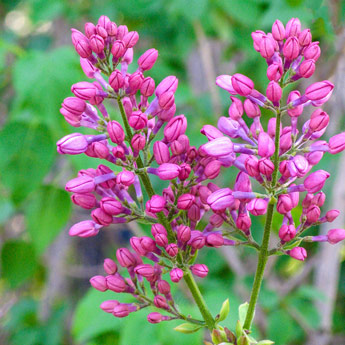
 Gardens Alive! & Supplies
Gardens Alive! & Supplies